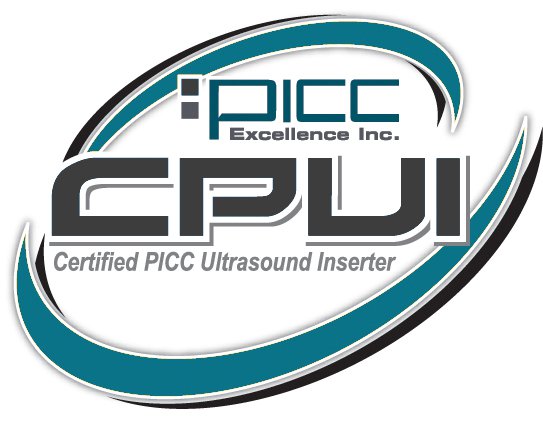
Register to receive a free Vascular Access Devices Market Analysis, Size, and Trends Report synopsis and brochure.
Georgia-based PICC Excellence has just released a new study in collaboration with Hartford Hospital. A new implementation of best practices for inserting peripheral intravenous catheters (PIVC) known as PIV5RIGHTS Bundle has been published. The results have yielded an 89% success rate of completing therapy with one PIVC per patient, versus 15%, a dramatic improvement. With an estimated $2.9 million in savings per year, as well providing significant clinical benefits, The PIV5RIGHTS Bundle improves patient safety and reduces the cost of PIVC insertions.
iData Research’s market research has found that there is an ongoing and significant push among healthcare workers and educators to reduce infections and failure rates across acute and alternative settings in the United States. This has limited some market segments for vascular access, as catheter-related bloodstream infections, thrombosis and other complications have, in many cases, rendered catheter insertion a last resort. With new guidelines and protocols like the PIV5RIGHTS Bundle emerging, this will contribute positively to the use of catheters in the Vascular Access market.
“Placing PIVCs is both a science and an art, and it needs to be in the hands of clinicians who have a thorough understanding of all aspects of vascular access and how they can affect patient safety,” said lead study author Lee Steere, RN, CRNI, VA-BC and, Unit Leader of IV Therapy Services at Hartford Hospital. “This expertise is crucial to ensuring that the catheter is inserted correctly the first time and lasts until the end of treatment as often as possible.”
The components of the bundle are: right proficiency, right insertion, right vein & catheter, 5 supplies/technology, and right assessment & care. PICC Excellence CEO Nancy Moureau, RN, PhD, CRNI, CPUI, VA-BC believes that “improving patient safety means using the most qualified people, using the right technologies and the right techniques. Each component is essential and was designed to minimize or prevent specific complications that contribute to catheter failure.” This new protocol may drive the PIVC market forward positively, making it a segment to observe for new growth and developments.
For Further Information
To get in an in-depth market overview, as well as insight through primary research and procedural volumes from 21 countries, please read iData Research’s’ 5308 page Vascular Access Devices Market Analysis, Size, and Trends Report.